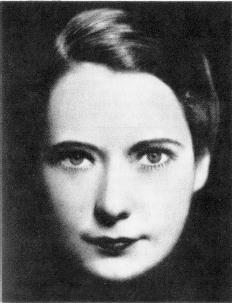
by Lauren | Jun 7, 2011 | Featured, Food
On a sunny day in the South, no cocktail tastes quite as sweet as a mint julep. For the perfect Southern mint julep, follow these instructions. Pretty Southern Mint Julep: 2 oz. Kentucky Bourbon 1 oz. Simple Syrup — made by boiling 1 cup sugar and 1 cup water,...

by Lauren | Jun 7, 2011 | Variety
An archetypal Southern gentleman could be adorned in seersucker. He would drink mint juleps on the finest occasions. A gentleman has an inherent taste for the finer things in life. As was said of Scarlett O’Hara’s daddy Gerald, “There was no need for him...

by Lauren | Jun 6, 2011 | Featured
The definition of a gentleman in our modern times is debatable. Every person has their own perception of what a gentleman means. Common terms are polite, chivalrous, loving, compassionate, and if the gentleman is a Disney prince, he has to be handsome. In “Gone...

by Lauren | Jun 6, 2011 | Featured, Opinion
The best storyline of Gone With the Wind is neither about Scarlett O’Hara nor Rhett Butler — it’s the author Margaret Mitchell’s very own life story. Born in Atlanta on Nov. 8, 1900, Margaret Mitchell spent her childhood listening to the war...

by Lauren | Nov 17, 2010 | Featured
Our dear friend Hamilton Bridges lost his father on Wednesday, Nov. 17 2010. It’s been a blessing to know Hamilton. He and his wife MaryAnn are two of the most fabulous Atlantans. The most frustrating fact is that there really isn’t anything we can do to help...






